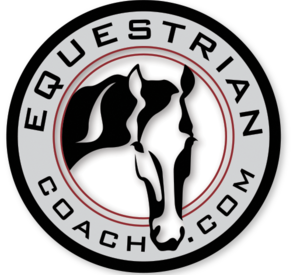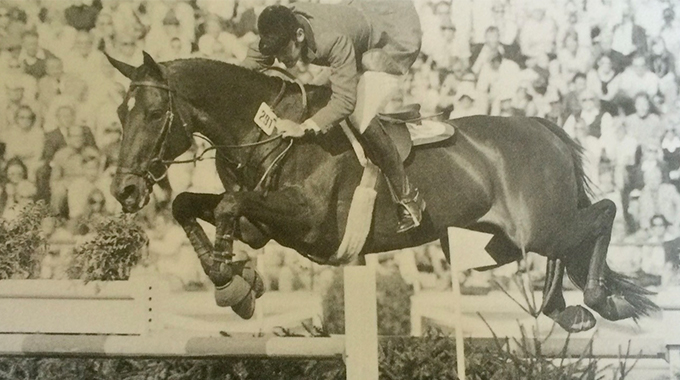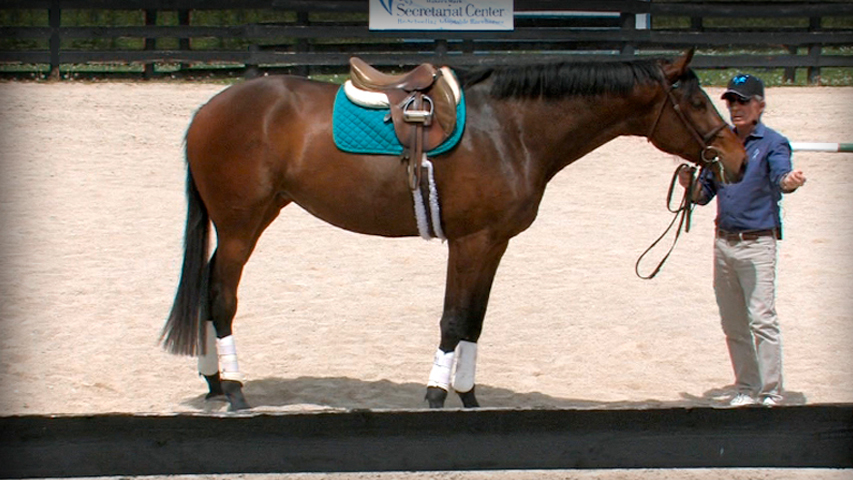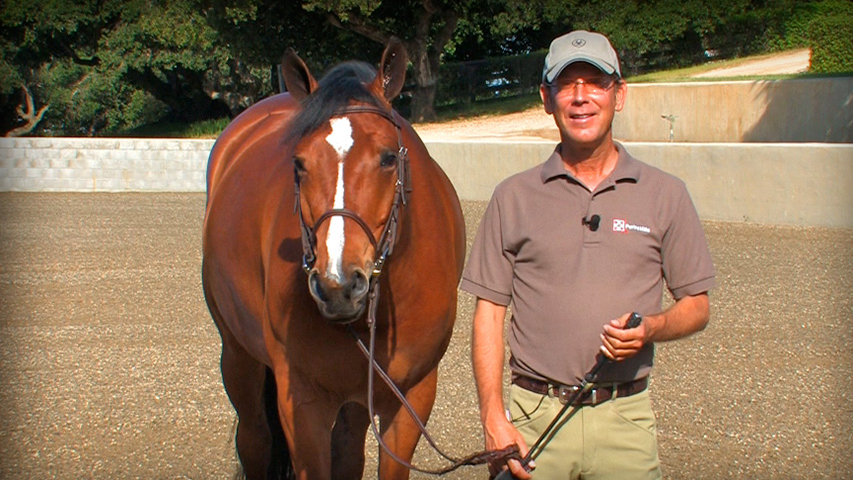Bernie
- 13 Apr, 2023
- 0 Comments
- 5 Mins Read
Scouting Investment Horses and Qualities I Look For
Submitted by Member: Pam
What qualities do you look for when scouting for an investment horse?
Answered By: Bernie
What I look for in a horse depends on the discipline the horse is meant to do. Hunters, jumpers, dressage, eventing, equitation, and so on, all require special qualities, and qualities particular to their intended discipline. Quite frankly, this would be too long an article to discuss all of them in great depth, but I will detail what I have done all my life—purchasing investment horses for resale—and a basis on what I look for when scouting an investment horse.
I have purchased and sold many horses in my life, including successful Thoroughbreds and many different breeds of warmbloods, with resale in mind and for various disciplines. For starters, I must say, the first thing to grab my attention is an attractive head and eye. Typically, buyers want a pretty face and nice eyes. I believe the eyes of a horse tell much of its character—you can read a horse by the look in his or her eyes.
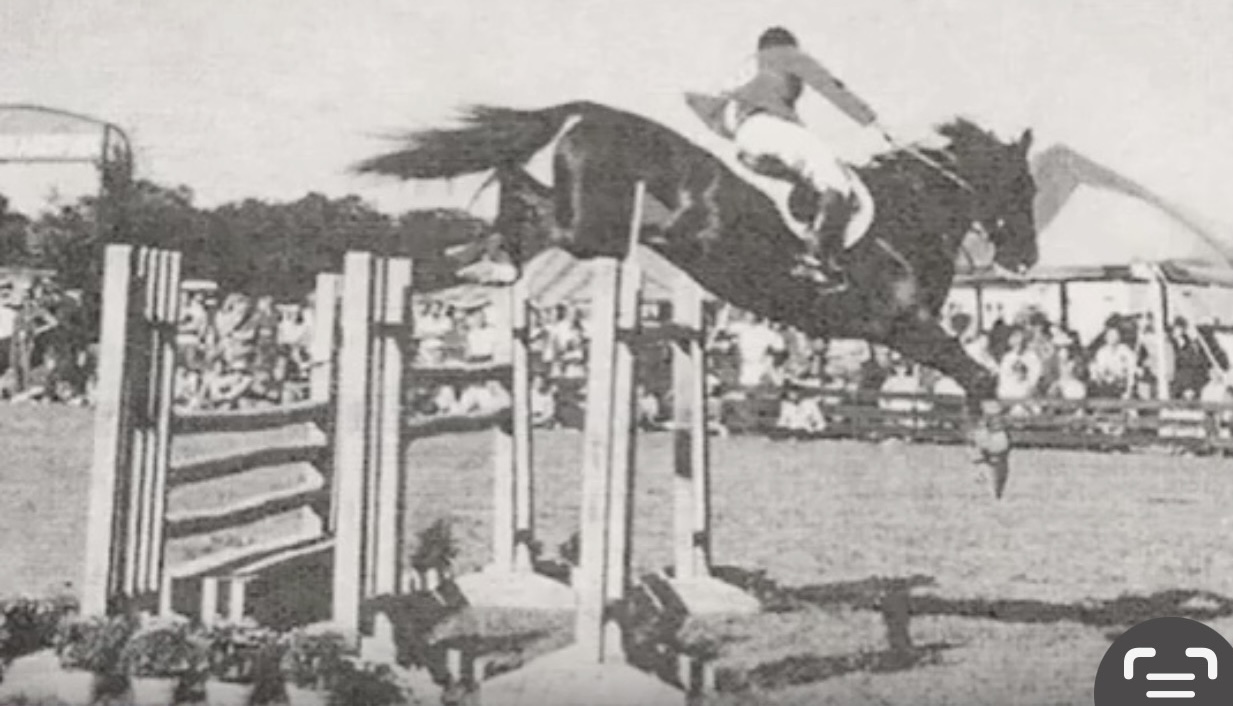
Idle Dice, the most winning Grand Prix horse in America during his era with 33 Grand Prix wins.
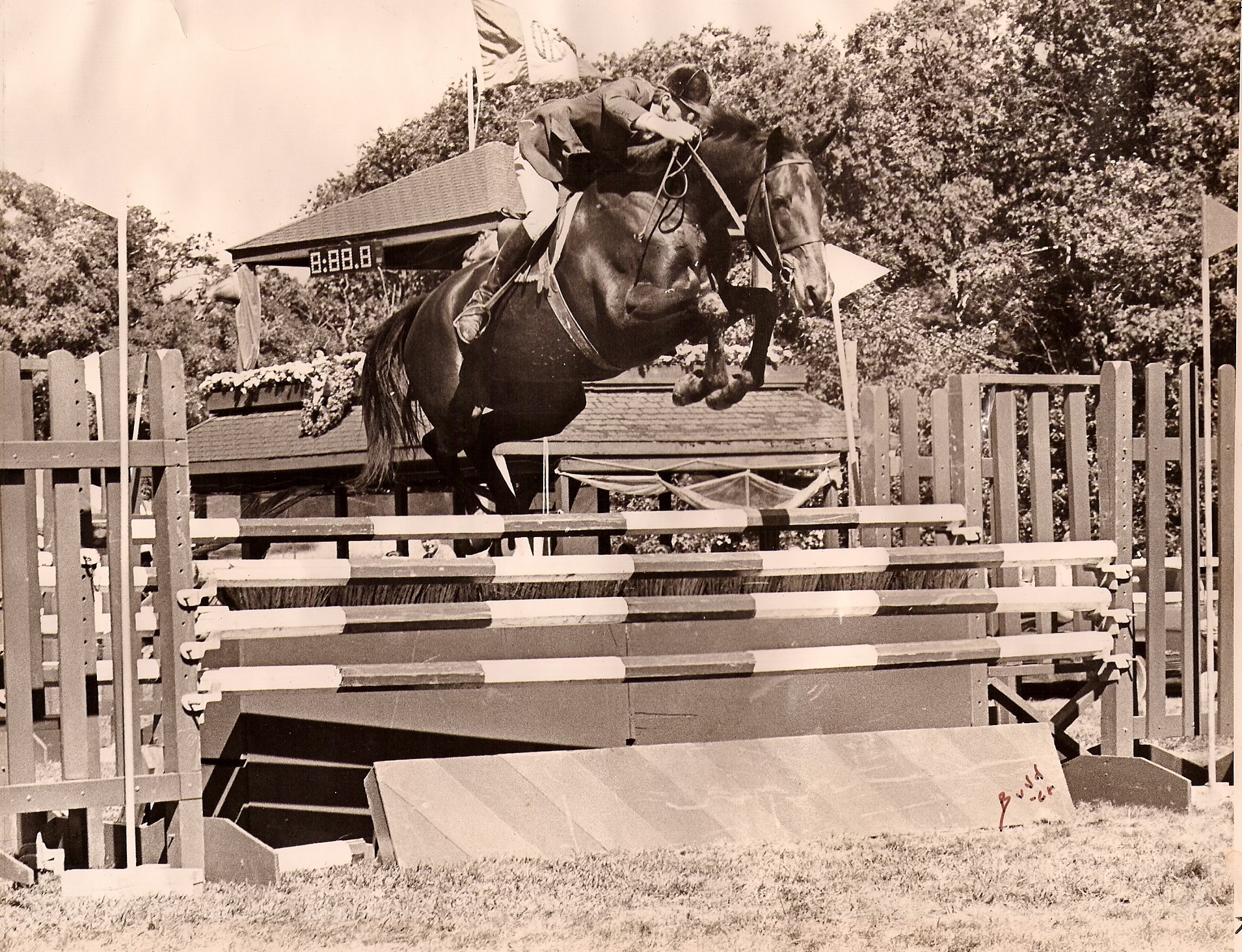
I purchased Idle Dice as a 4-year-old shortly off the track. Here he is with Rodney Jenkins at his first show as a 5 year old.
I pay close attention to presentation, details, and conformation. I want to see an athletic build, head and neck set on right, and balanced proportions. Good feet are a must, and I notice how the horse is shod. What kind of bridle and tack is the horse dressed in? What bit is the horse currently ridden in? How does the horse react when I tighten the girth? Or when I mount? These are all details that play a vital role in my consideration of a horse.
As I am looking at a horse, watching it go, or riding it, I am considering what discipline I think he or she will fit into by reading its mannerisms and assessing its rideability and performance. For a hunter prospect, a calm horse that is not spooky and has a good mind is a must. I care more about the canter gait than the trot, although one with a great trot is an asset. For a jumper prospect, I like to see a horse with an elastic stride, proper use of its bascule over the fence, demonstrating scope and athletic gaits. The jump, no matter how green, has to show an instinct for proper form. All of the parts have to work correctly. You don’t need to jump very high to see this.
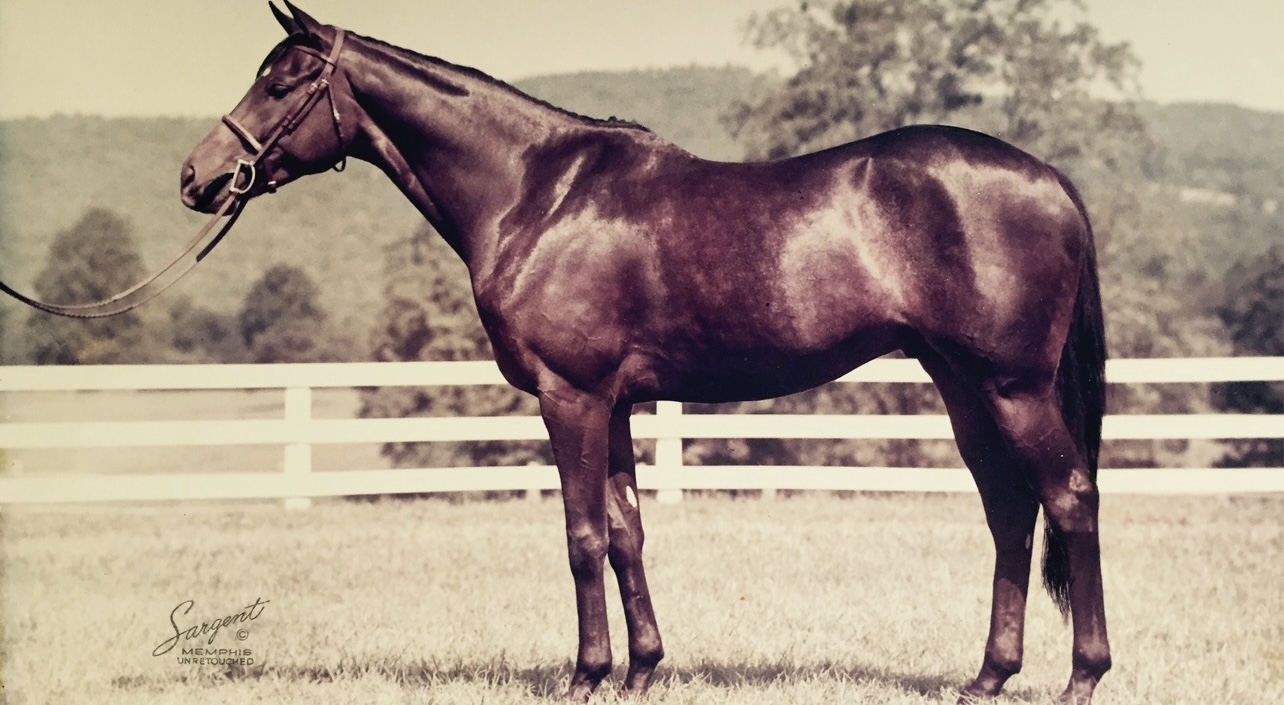
Gozzi, an ideal Thoroughbred Hunter type who was National Working Hunter and Amateur Hunter Champion many times.
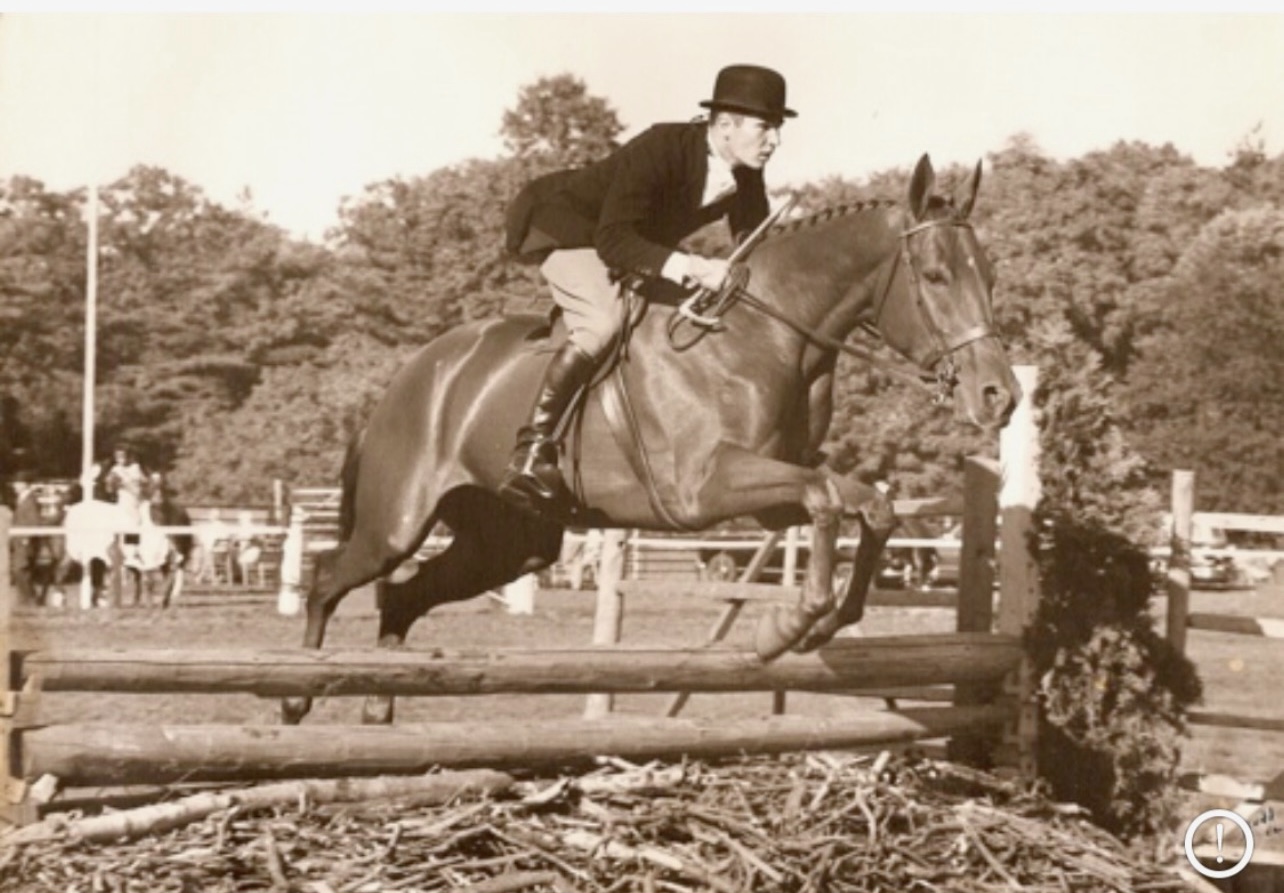
Gimlet, a Thoroughbred I purchased right off the track as a 3-year-old. Long Island High Score 1st Year Green Champion at 4 years old.
With green ones that have never jumped under saddle, seeing them jump free is an option, although it’s important to point out that it is not always an indicator of how they will jump with the weight of the rider. I’ve had horses that did not jump well free but became beautiful jumpers, and vice versa. I almost always want to see a horse started, even if it’s just building a pyramid of poles into a cross rail.
A natural flying change is a major plus for a hunter or equitation horse. If they are too green under saddle to at least attempt testing a change, then I like to watch them free in a paddock or indoor arena to assess their instincts and see a possible talent for it. I stay away from the ones that show difficulties in their mouth, or other rideability issues. I love a horse that can multitask. A horse that can do more than one division is always a valuable asset and something I try to look for when considering a horse for resale. It’s also important to look for a horse that can be good for an amateur rider. Is the horse comfortable with distances a little too close or a little far from the fence? Is the horse comfortable covering up rider errors? These are all vital factors of experience and rideability in a horse that I consider when looking to purchase.
And, of course, there is the vetting. In today’s world, horses usually go through a very extensive vetting from the buyer before they are purchased. When I am looking to purchase a horse that is strictly for resale, I prefer to have a thorough vet check (including imaging of the neck and back) and pick a horse that passes with flying colors to meet the criteria and standards in the U.S. market.
The sport has tremendously changed over the last couple of decades. Courses and the jumps we use today demand more and more carefulness and athleticism of horses (resulting in increasing prices as well). Through this, however, my eye for a horse and scouting talent has remained quite simple: I look for a good mind, balanced conformation, correct instincts or proper form, and athleticism. These are all factors in a horse, whether for resale or not, that are significant to me and demonstrate the qualities of a partner I would want to ride and develop in the sport no matter the size of the fences.
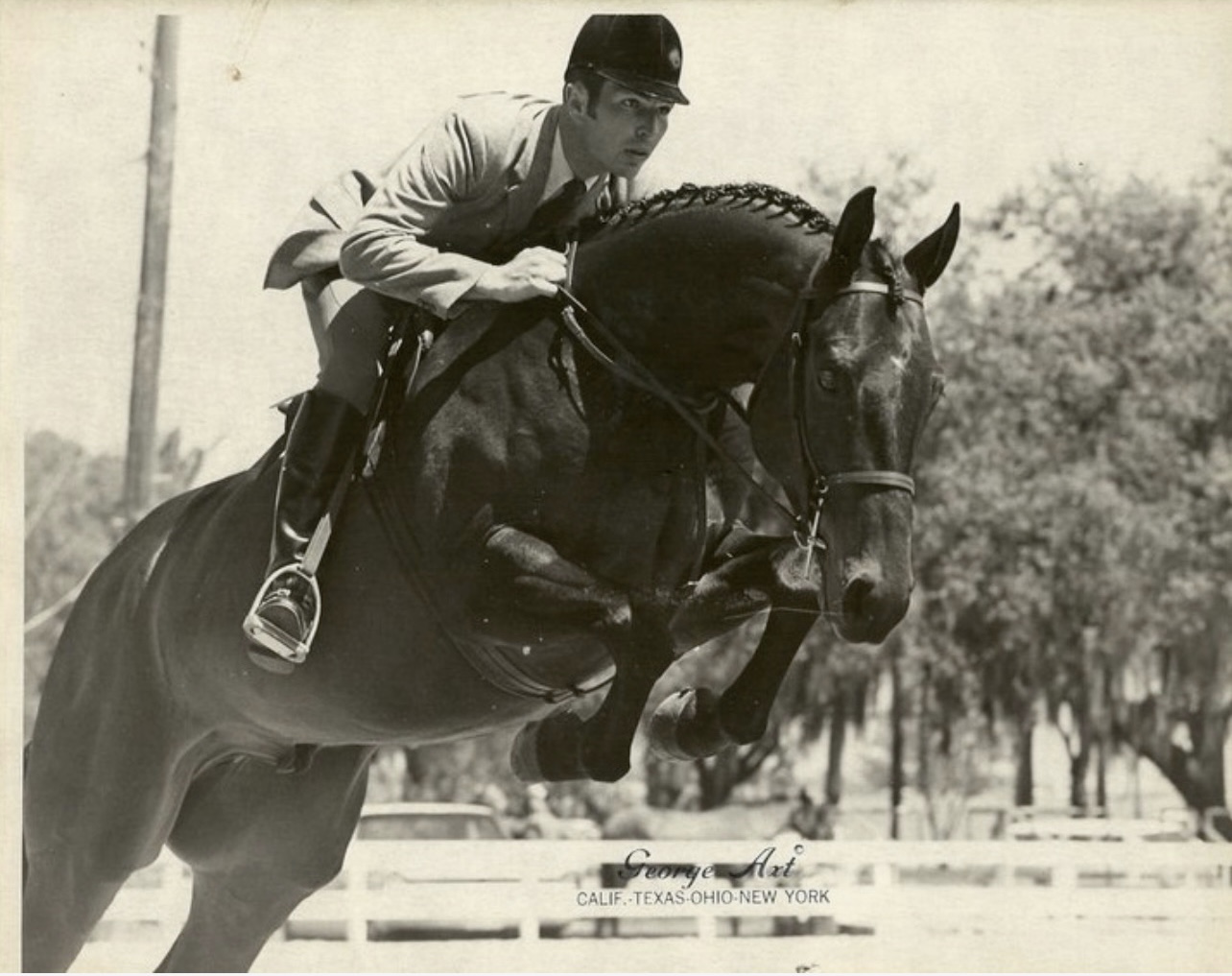
Castle Walk, a 4-year-old Thoroughbred Hunter I purchased. First Year Green National Champion at 5 years old.
Video Recommendations:
Evaluating The Off The Track Thoroughbred For Purchase
Bernie Traurig
Join Bernie Traurig on a shopping trip for retired racehorses in the Horse Capital of the World, Lexington, Kentucky. As a huge advocate for the Thoroughbred, Bernie supports the efforts of those who work to give former racehorses new careers.
Running Time: 49 minutes and 56 seconds
The Ideal Hunter Type
John French
John French describes in detail the overall look and conformation that make up the ideal hunter type.
Running Time: 17 minutes and 9 seconds
Have Something You Want to Ask Our Panel of Experts?
Ask The Experts is the ultimate way to get help from the top professionals in the equestrian industry without leaving the comfort of your home. This service is available to Monthly, Annual, and Lifetime Members of EquestrianCoach.com.
